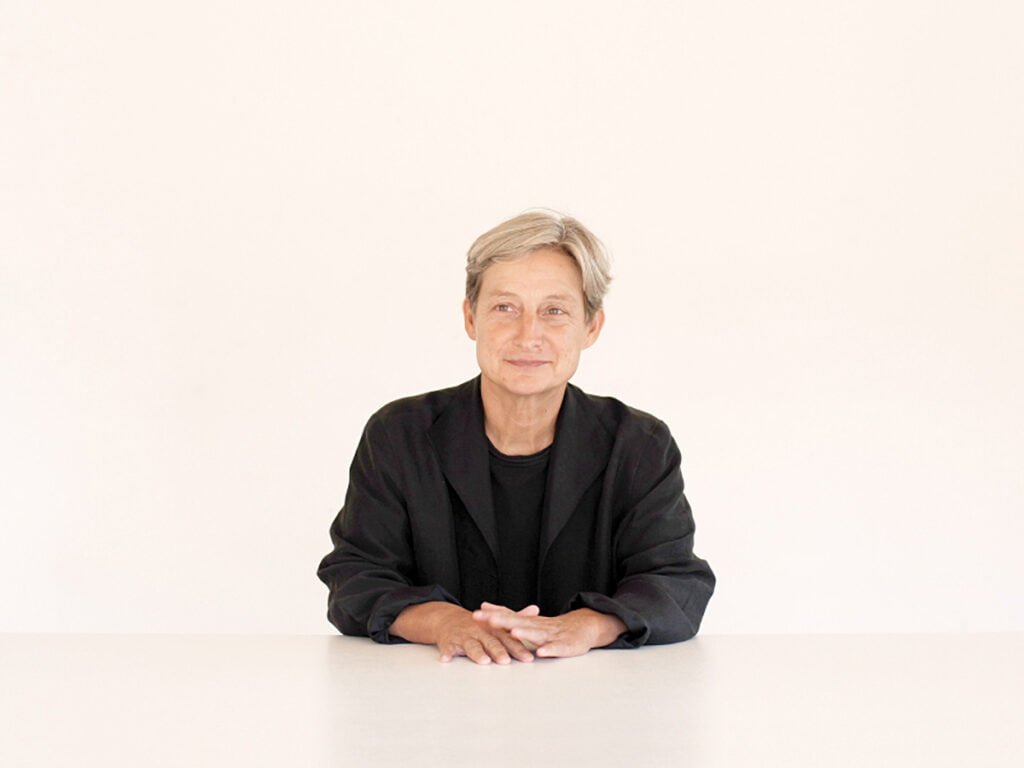Since the 1980s, the world has been waking up to more and more poststructuralist and postmodern notions of life and everything around us, decentralising and deconstructing, in a continuous evolving process, years of accumulated ideas and basic understandings.
Feminism and feminist criticism, too, has undergone numerous possible changes and evolution with time, to have a wider base and become more inclusive and intersectional. As M.H. Abrams and Geoffrey Galt Harpham write, “Current feminist criticism…is not a unitary theory or practice. It manifests…a great variety of critical vantage points and procedures, including adaptations of psychoanalytic, Marxist, and diverse poststructuralist theories…the various feminisms, however, share certain assumptions and concepts that underlie the diverse ways that individual critics explore the factors of sexual difference and privilege.“
There is an inherent linguistic instability then, in the terms ‘woman’ and ‘feminine’, because such identities are far from being fixed, universal definitions that are mostly stereotypes, are contingent upon differences in class, race, nationality, and historical situations and more.
Since inception then, there has been a revisioning of the definition of ‘woman’ or what can be considered as ‘women’s writing’. Postmodernism has also opened up questions regarding the problematic consequences of labeling something to fix its definition, because it immediately excludes certain things and creates an opposite binary narrative. This is my postructuralist feminist positions have challenged the legitimacy of the uinversally understood category of ‘woman’ as propounded by the founding concepts of feminism.

Judith Butler, an American academician and gender theorist, whose theories have had significant impact upon queer theory, third wave feminism and women’s and literary studies, puts forward, in their 1990 book ‘Gender Trouble: Feminism and the Subversion of Identity’, the radical idea that ‘gender’ instead of being an essential natural thing, is ‘performative’, that is, it is a social construct dependent upon pre-established patterns of behaviour that are widely accepted and considered the “norm”.
This is in opposition to the notion that there are some pre-existing essential features that make a woman, woman. There is an inherent linguistic instability then, in the terms ‘woman’ and ‘feminine’, because such identities are far from being fixed, universal definitions that are mostly stereotypes, are contingent upon differences in class, race, nationality, and historical situations and more.
In an interview with the Guardian, Butler explained that her theory is “Meant to be a critique of heterosexual assumptions within feminism…For instance, what it means to be a woman does not remain the same from decade to decade. The category of woman can and does change, and we need it to be that way. Politically, securing greater freedoms for women requires that we rethink the category of “women” to include those new possibilities. The historical meaning of gender can change as its norms are re-enacted, refused or recreated.” And so, gender is something that is perpetually being enacted by all human beings, it is “flexible, free floating and not caused by other stable factors”. This idea concerning gender identity has been one of the foundations of queer theory.

Other than that, it has also catalysed newer revisions within feminism because no longer can the movement reinforce within its doctrines the binary view of gender relations or make the category of ‘woman’ a historical group with common characteristics. In place of trying to define ‘woman’ or ‘womanhood’, true awareness can come from focusing on understanding “how power functions and shapes our understandings of womanhood not only in the society at large but also within the feminist movement“.
“To censor gender studies programs, to take gender out of public education – a topic so important for young people to discuss. And to reverse major legal and legislative successes for sexual freedom, gender equality and laws against gender discrimination and sexual violence.”
Judith Butler
For centuries people have believed that gender is predestined and tied to material bodily facts but when Butler came along and said, there is “neither an ‘essence’ that gender expresses or externalizes nor an objective ideal to which gender aspires; because gender is not a fact, the various acts of gender creates the idea of gender, and without those acts, there would be no gender at all. Gender is, thus, a construction that regularly conceals its genesis”, there was, not surprisingly, a lot of uproar politically.
Conservatives all over the world, with their heteronormative narratives could not accept that gender can be “open to change and contestation”. Such anti-gender movements are inherently misogynistic or anti-feministic, transphobic and homophobic, opposing trans rights and reproductive freedom. As Butler comments, all such movements seek “To censor gender studies programs, to take gender out of public education – a topic so important for young people to discuss. And to reverse major legal and legislative successes for sexual freedom, gender equality and laws against gender discrimination and sexual violence.”

Later on, Butler herself expanded upon her own theory to explain that while she says gender is a social construction it does not necessarily mean that it is all imposed. While enacting gender roles, we are also constantly remaking them in our own ways. There is a continuous shift then, a constant re-definition. And since our conception of reality is molded by our use of language, Butler’s theory also emphasizes upon the fact that there is always a need to bring in new terms to accommodate newer realities, so shifts in language are a natural part of life.
Our identities then are never stable, they are performative acts that are always in the process of evolution. So the theory of gender performativity calls for people to not be boxed in by labels but rather fight against the hegemony of heteronormtivity and make way for its displacement from social conventions all across the world.
References
- Feminist Perspectives on Sex and Gender, Stanford Encyclopedia of Philosophy
- Judith Butler, Performative Acts and Gender Constitution: An Essay in Phenomenology and Feminist Theory
About the author(s)
Sayeri Biswas recently graduated with a bachelor’s degree in English from St. Xavier’s College, Kolkata. Whether it’s philosophically
contemplating life or gushing about the most recent book/series she has indulged in, she is always up for a deep conversation. Literature is the great love of her life, and in the future, she hopes to continue talking about all art forms as passionately as she thinks
about them.




